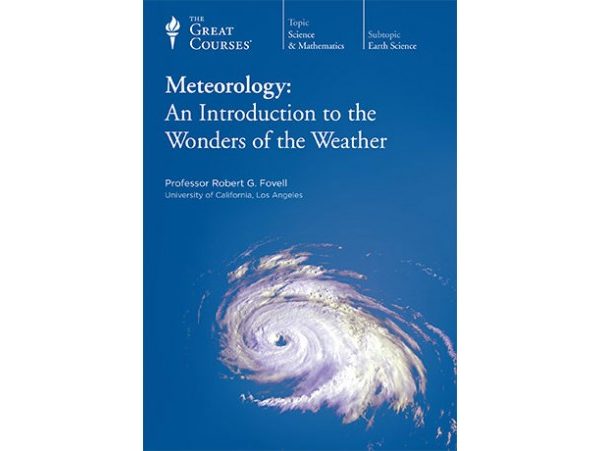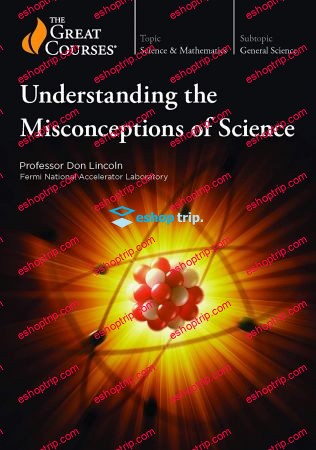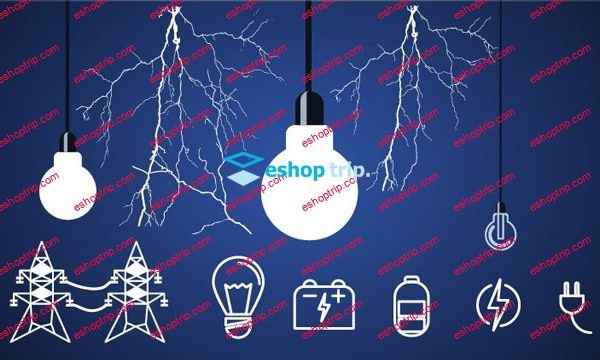Published 3/2023
MP4 | Video: h264, 1280×720 | Audio: AAC, 44.1 KHz
Language: English | Size: 416.92 MB | Duration: 1h 7m
Learn each concept in under 10 minutes
What you’ll learn
Density
Pressure
Fluid Pressure
Pressure Measurement
Requirements
Basic understanding of mass, weight, area and volume.
Description
If you are a student taking the Cambridge iGCSE / GCE “O” Level Physics examination, this is the course that will help you master the topics on Mass, Weight, Density and Pressure. This course is carefully curated to help students prepare and score well for their Physics examination . It is designed to make the learning process simple, fast and effective.Every lesson consists of a short video that explains the concept with animated illustrations using everyday-life examples. At various learning milestones, quizzes with questions of gradual difficulty levels are provided to enable students to test their understanding and reinforce their learning. Throughout the course, students will be given exam preparation tips, advised on commonly made mistakes and misconceptions and taught the skills of how to correctly answer examination questions. By the end of the course, students will be well equipped with the knowledge required for Cambridge iGCSE / GCE “O” Level Physics examination.What you will learndistinguish that mass is a measure of the amount of substance in a body whereas weight is a force due to gravity apply the relationship of weight = mass x gravitational field strengthunderstand that the mass of a body resists a change in the state of rest or motion of the body (inertia)learn the concept of a gravitational field as a region in which a mass experiences a force due to gravitational attractionlearn to apply the relationship density = mass / volume to solve problems define pressure in terms of force and area learn to apply the relationship pressure = force / area to calculate pressure in systemsdescribe and explain the transmission of pressure in hydraulic systems with particular reference to the hydraulic press apply the relationship pressure due to a liquid column = height of column × density of the liquid × gravitational field strength to solve problems understand how the height of a liquid column may be used to measure the atmospheric pressure understand the use of a manometer in the measurement of pressure difference.How you will benefit from this course?Learn each concept easily in under 10 minutesLearn at your own pace.Visualise and grasp the concepts through animated illustrations and everyday-life examplesGain confidence in exam preparation through a guided program of solving questions of gradual difficulty levels and acquiring the skills to answer examination questionsGet tips on commonly made mistakes and be corrected on misconceptionsChoose how you want to learn, by concepts or go straight into testing your understanding by solving questions or pick specific topic to learn
Overview
Section 1: Introduction
Lecture 1 Introduction
Section 2: Module 1 – Mass, Weight & Density
Lecture 2 Mass vs Weight
Lecture 3 Gravitational Field Strength
Lecture 4 Density
Lecture 5 Density – Units Conversion
Lecture 6 Solving GCE “O” Level Questions – Part 1
Lecture 7 Solving GCE “O” Level Questions -Part 2
Section 3: Module 2 – Pressure
Lecture 8 Pressure
Lecture 9 How the Hydraulic System Works?
Lecture 10 Pressure Measurement
Lecture 11 Solving Challenging Examination Questions on Pressure – Part 1
Lecture 12 Solving Challenging Examination Questions on Pressure -Part 2
Secondary school / High school students taking Physics examination,Anyone interested in Density and Pressure
HOMEPAGE
https://anonymz.com/?https://www.udemy.com/course/mass-weight-density-pressure-for-gce-o-level-physics/











Reviews
There are no reviews yet.